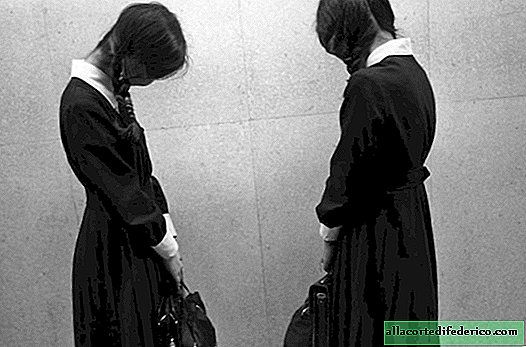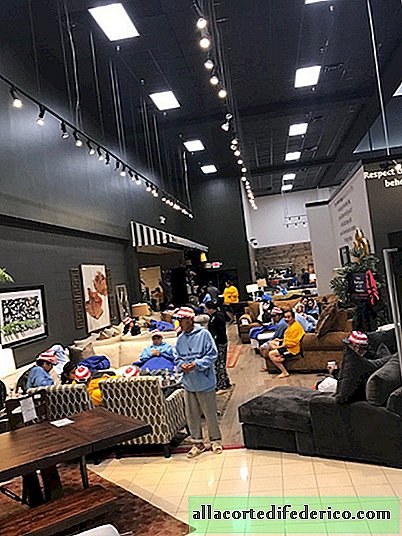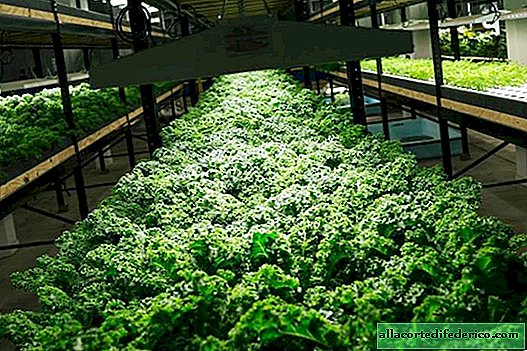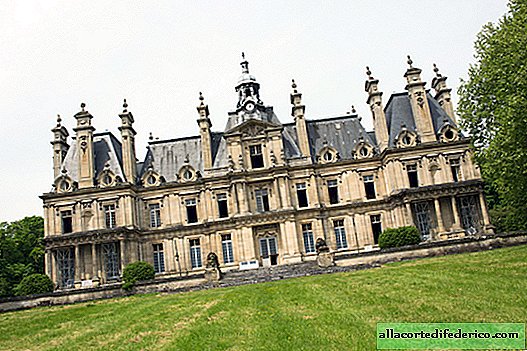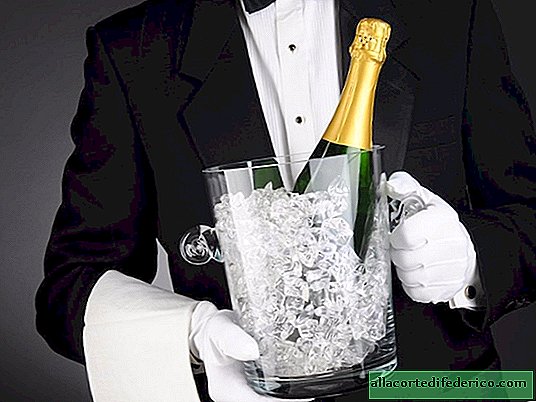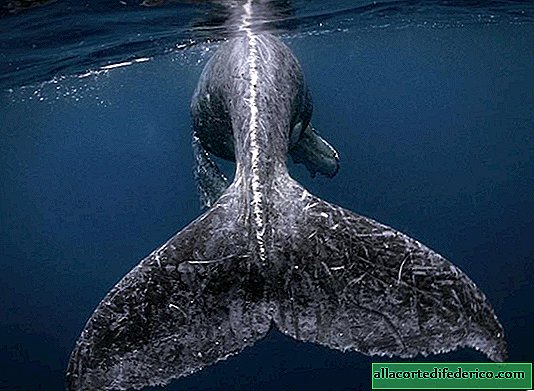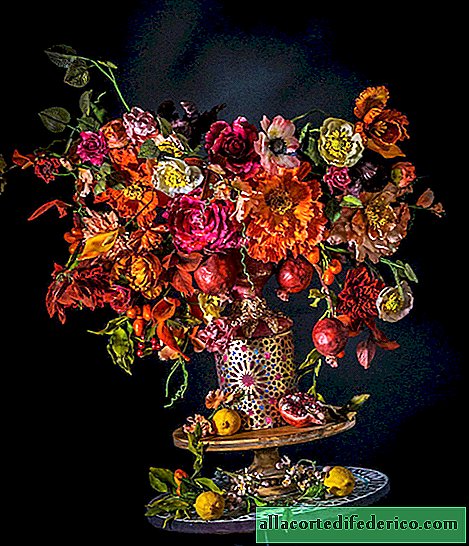Queen or the working class: how the future of bees depends on the composition of nutrition in childhood
The life of the bees and the reproduction of the future generation are much more complicated than it might seem at first glance. It turns out that in order for the queen to become just the queen, and not a working bee, she is fed with special food, although initially the larvae are in the same starting conditions and have the same genetic material.

In each hive there is a queen and working bees, which are sisters and are the daughters of the mistress of the hive. But the life of a working bee is short - no more than 9 months, while the queen lives for several years. To renew the caste of working bees, on which, in essence, the whole life of this complexly arranged family rests, she lays new eggs. Most of them will soon hatch new women workers, but there are special larvae that receive special food in order to become queens and leave the hive by founding a new family.

According to researchers of bee life, the basis of such a different transformation is the composition of the food that the larvae feed. The main difference between future queens and sisters is the presence of reproductive organs, while working bees are devoid of ovaries. Scientists believe that the reproductive organs are just formed under the influence of a special type of nutrition.

How do working nurse bees distinguish between whom to feed? Everything is very simple: for future queens separate houses-cells are initially built, while the remaining larvae grow in common cells. The dwellings of future queens are more spacious, since they will subsequently turn out to be larger in size compared to their sisters. Due to the different size of the nest, they are easily distinguishable, and each larva receives its nutrition in accordance with its future purpose.

In the initial stages of development of the larvae, they all receive the same nutrition in the form of royal jelly secreted by working bees. But after a few days, the younger generation is switching to specialized nutrition. Researchers believe that the key role in the development of the queen is played by the tyrosine amino acid, which comes with royal jelly and stimulates the development of reproductive organs, which makes it a full-fledged bee species that can leave offspring. Another important nutritional component is pollen. It is noteworthy that this product is added to food only in the cells of future workers, while the queen is never fed pollen. In all likelihood, this component also contains some substances that inhibit the development of the reproductive system of bees, which makes them ultimately incapable of reproduction. During the experiment, it turned out that if you feed the future queen with pollen, then in the end she will not become the queen: she will not develop ovaries and will not be able to reproduce.

She has been on a special diet all her life, which helps her fight the aging process. That is why, the main mistress of the hive, fed with royal milk, often lives up to 4-5 years and retains the ability to reproduce.

Well, who are the drones? These male bees also develop from larvae laid by the queen, but their difference from the previous two categories is that they grow from unfertilized eggs. That is, in this case, the initial genetic material, and not nutrition, plays the decisive role. The cells of the drones body contains only 16 chromosomes - a half set, while the queen and working bees each have 32 chromosomes.




